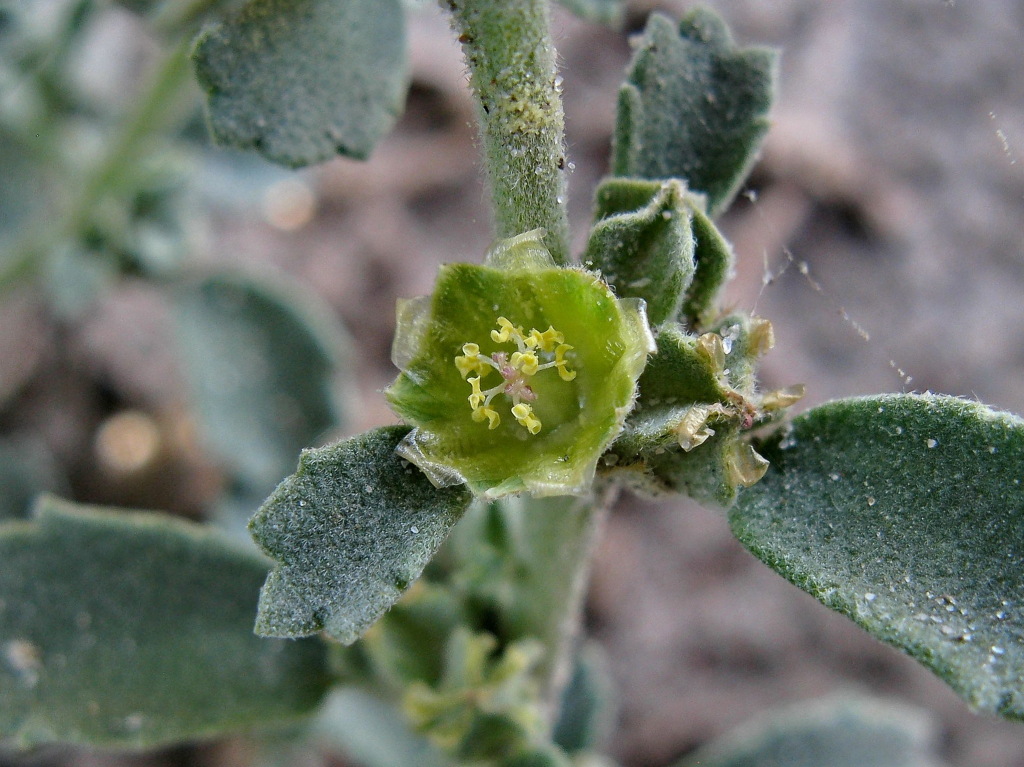Lawrencia
Prostrate to erect subshrubs, glabrous, with simple and/or stellate hairs, or with peltate scales. Leaves alternate, sometimes fascicled or ± resetted, petiolate to sessile; stipules persistent. Flowers unisexual, bisexual or polygamodioecious, in axillary clusters or solitary in axils; epicalyx absent; calyx hemispherical, shortly 5-lobed or sepals free for most of their length; petals 5, free or united for most of their length, adnate to base of staminal tube forming a shallow cup, white, yellowish, red or purple; stamens 5–30, confined to the apical part of the staminal tube; staminodes sometimes present in female flowers, then shorter than the style; style-branches and locules 2–11 (styles and carpels absent or much reduced in male flowers), stigmatic surface along inner part of style-branches; ovules 1 per locule. Fruit an ovoid schizocarp, sometimes enclosed by the calyx; mericarps completely or partly dehiscent, or indehiscent, usually glabrous.
Endemic Australian genus of 12 species.
Walsh, N.G. (1996). Lawrencia. In: Walsh, N.G.; Entwisle, T.J., Flora of Victoria Vol. 3, Dicotyledons Winteraceae to Myrtaceae, pp. 352–355. Inkata Press, Melbourne.
 Spinning
Spinning

